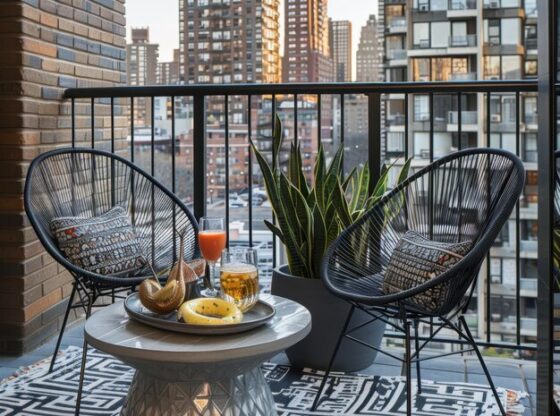Your commercial building’s exterior is the first line of defense against the elements, potential vandalism, and everyday wear and tear. Protecting this crucial aspect of your property not only enhances its aesthetic appeal but also ensures its longevity and value. Here’s a comprehensive guide to safeguarding your commercial building’s exterior with proven strategies.
1. Invest in Quality Materials
The foundation of a durable exterior starts with the right materials. Opt for high-quality, weather-resistant materials that can withstand harsh conditions. For example, fiber cement siding is an excellent choice for its resistance to fire, insects, and moisture. Metal cladding, such as aluminum or steel, offers superior protection against severe weather and impacts.
2. Regular Inspections and Maintenance
Routine inspections are vital in identifying and addressing potential issues before they escalate. Schedule regular checks for cracks, leaks, and signs of wear. Early detection of problems like damaged seals, missing roof shingles, or deteriorating paint can prevent costly repairs and ensure the building’s longevity.
For maintenance, clean gutters and downspouts frequently to prevent water damage. Ensure that the exterior is free from mold, mildew, and dirt, which can cause long-term damage if left untreated.
3. Protective Coatings and Sealants
Applying protective coatings and sealants can significantly extend the life of your building’s exterior. Paints and sealants designed for commercial use often come with additional benefits such as UV protection and water resistance. For instance, elastomeric coatings offer excellent flexibility and durability, making them ideal for protecting surfaces from expansion and contraction caused by temperature fluctuations.
4. Invest in Proper Drainage Systems
An effective drainage system is crucial in preventing water-related damage. Ensure that your building has properly functioning drainage systems, including gutters, downspouts, and proper grading around the foundation. Proper drainage prevents water from pooling near the building, which can lead to foundation problems and exterior damage over time.
5. Implement Security Measures
To protect your building’s exterior from vandalism and unauthorized access, consider installing security features such as motion-activated lights, security cameras, and sturdy fencing. These measures not only deter potential vandals but also provide you with valuable information in case of an incident.
6. Landscape with Care
Landscaping plays a crucial role in the overall condition of your building’s exterior. While greenery enhances aesthetic appeal, careful management of plant growth is essential. Trees and shrubs that are positioned too close to the building can cause damage to the exterior and roof through falling branches or root intrusion.
To prevent such issues, regularly trim vegetation and maintain a safe distance between plants and the building. In South Jordan, professional commercial landscape maintenance services can help ensure that your property’s landscaping is both beautiful and protective.
7. Address Roof Maintenance
The roof is a critical component of your building’s exterior protection. Regular roof inspections and maintenance can prevent leaks and damage. Ensure that your roof is in good condition by addressing issues such as damaged shingles, cracked flashing, or clogged gutters promptly. Consider investing in a roof coating system that adds an extra layer of protection and extends the roof’s lifespan.
8. Utilize Weather-Resistant Windows and Doors
Windows and doors are vulnerable points in your building’s exterior. Invest in weather-resistant windows and doors that provide better insulation and protection against the elements. Double or triple-glazed windows offer superior energy efficiency and can withstand impact better than single-pane windows.
9. Consider Energy-Efficient Upgrades
Energy-efficient upgrades not only reduce operating costs but also contribute to the building’s exterior protection. For instance, installing energy-efficient window films or tinting can protect against UV damage, reducing fading of exterior finishes and furnishings.
10. Plan for Seasonal Changes
Adapting your exterior maintenance to seasonal changes can prevent damage caused by extreme weather conditions. For example, prepare for winter by ensuring that all exterior surfaces are sealed and that snow and ice are promptly removed. In summer, check for signs of heat damage and make necessary repairs.
Conclusion
Safeguarding your commercial building’s exterior is essential for maintaining its appearance, functionality, and value. By investing in quality materials, implementing regular maintenance routines, and incorporating protective measures, you can extend the life of your property and ensure it remains an asset for years to come. With these proven strategies, your building will be well-equipped to withstand the challenges of time and the elements, maintaining its strength and appeal well into the future.


